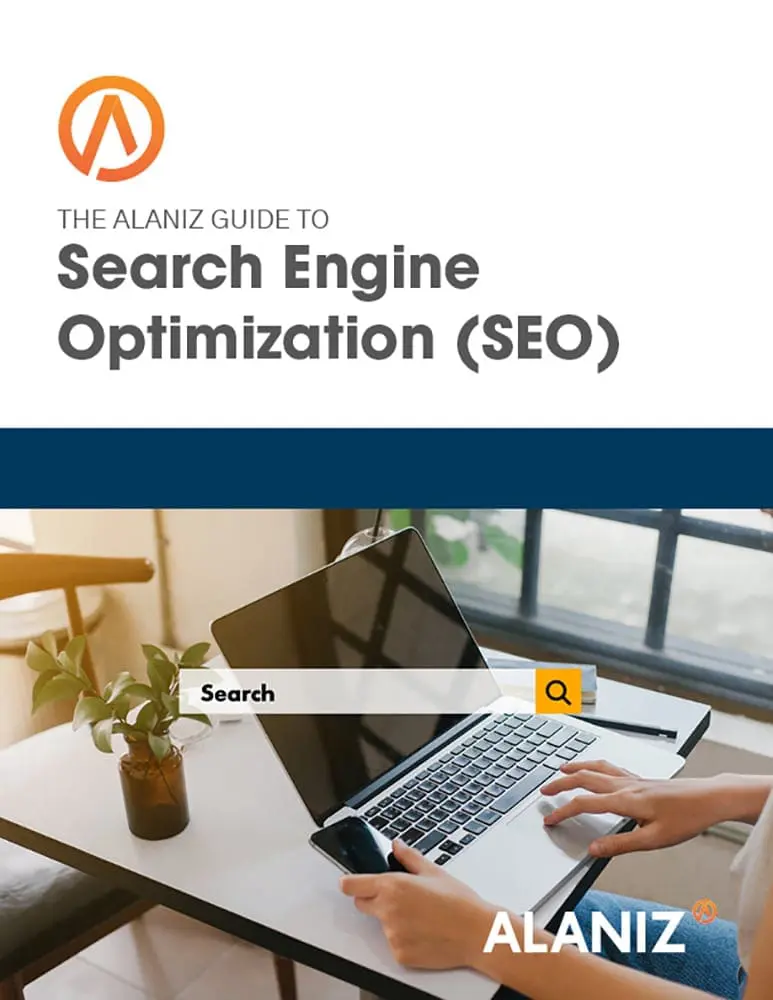 I have written previously about mobile-friendly web design for B2B companies, but I guess a whole lot of people don’t read this blog or don’t think a mobile-friendly website is really necessary. I don’t want to start an argument here, but those folks are just plan WRONG!
I have written previously about mobile-friendly web design for B2B companies, but I guess a whole lot of people don’t read this blog or don’t think a mobile-friendly website is really necessary. I don’t want to start an argument here, but those folks are just plan WRONG!
A few relevant statistics about the growth of mobile usage:
- Mobile searches will exceed desktop searches (84 billion) for the first time in 2015 (eMarketer).
- 29% of current B2B website traffic is coming from mobile devices (Walker Sands).
- 28% of B2B executives used their mobile phones or tablets to research business purchases online. (KoMarketing)
- By 2018, mobile video will represent 69% of all mobile traffic, which is an increase from 53% in 2013 (Forbes).
Here’s the absolute truth regarding mobile websites!
These statistics might motivate you to think about having a mobile website, but there is one really important FACT that you need to know:
Google announced that effective April 21, 2015, it will update its search algorithm so that comparable mobile sites will rank higher than non-mobile friendly sites in mobile search results.
“Starting April 21, we will be expanding our use of mobile-friendliness as a ranking signal. This change will affect mobile searches in all languages worldwide and will have a significant impact in our search results. Consequently, users will find it easier to get relevant, high quality search results that are optimized for their devices.”
You can view the full announcement about the Google penalty for non-mobile sites on Google’s blog post.
SEO Impact for non-mobile-friendly web design
Google message is pretty straight-forward: if your current website isn’t mobile friendly (Google prefers the term Responsive Websites), it will drop in Google’s mobile search results. So pay attention to your search engine results and immediately begin to put together a plan to upgrade your website to a responsive site.
If you’re the VP of Marketing or Marketing Director of a B2B company, you should be asking some questions before engaging a vendor to make a mobile-friendly website.
Questions to ask before engaging a vendor to make a mobile-friendly website
Google will change its algorithm in a few days, but it makes sense to ask some questions before rushing into another website make-over. A few that come to mind are:
- How much of our traffic is coming from mobile devices? Is that number growing significantly?
- How interested are we in search engine results as opposed to other ways to drive website traffic?
- What are our existing constraints?
- What, exactly, needs to be fixed?
How much of our traffic is coming from mobile devices? Is that number growing significantly?
We recently had the opportunity to work with a B2B company in the health care software field that called us to see if we could help them build a mobile-friendly website. Their concern wasn’t their standard website. That website worked fine on both desktops and tablets. Their big concern was smartphones and how their website looked on the small screen of these devices.
They had seen their mobile traffic increase from 10% to 14% of the total traffic in just four months between January and April of this year.
How interested are we in search engine results as opposed to other ways to drive website traffic?
We looked at their Google Analytics and found that 69% of their web traffic came from search — so they consider ranking well in the search engines to be critical for their success.
Additionally, their buyer persona research revealed that their target buyer used a mobile device to access the internet on commutes to and from work, in the evenings, and on weekends.
What are our existing constraints?
This company was a HubSpot user and had migrated their existing website to HubSpot’s Foxboro theme. Although they were pleased with the look and functionality of their website, there were areas of the site that didn’t look right on smartphones, and they were concerned that this was was having a negative impact on functionality and their lead generation process.
Their existing design company had told them that these issues couldn’t be rectified within HubSpot and they should develop a separate mobile site for smartphone users.
We helped them understand that there is a 100% responsive platform right in HubSpot where they could redesign their entire website and have a single responsive website that would work well for desktop users, tablet users, and mobile users. But they weren’t ready to bear the cost of a complete website makeover on the COS, and asked what less expensive options were available.
What, exactly, needs to be fixed to make our website responsive?
We wanted to determine what an acceptable solution would be, so we asked what exactly needed to be fixed and we walked through their website with them, each of us consulting our smartphones to see how things looked.
It was obvious that the home page needed a lot of help. The design that worked so well on the desktop view, could most politely be called a mess on our smartphones. The header also needed some work and the 5-column footer wasn’t going to be functional at all on a smartphone. Finally, the buttons for submitting forms were too small and there were a couple of problems with images on the site.
So that was really good news! We determined that most of the site worked well on smartphones, and that there were a limited set of issues that needed to be resolved. (Which they again reminded us couldn’t be done in the Foxboro theme.)
A feasibility study and ultimate solution
It looked to us like all of these issues really could be fixed within their existing theme, and we proposed a quick feasibility study to determine if we were correct. The ideal deliverable from this study would be a sample page of their website that looked good on smartphones. They liked this approach and immediately agreed to the feasibility study.
A couple days later we showed them the working sample page, with all the identified issues resolved, and they were thrilled. We then implemented these changes sitewide for them. The net result was that for a total cost of under $1000, they were able to use their existing website on all mobile devices and retain all the important user functionality across all devices.
Along the way, we discovered an issue that they weren’t aware of that was probably costing them at least 30% of their website traffic. Needless to say, they jumped on that issue right away and now have more traffic across all device platforms and feel they got great value out the the whole process.
It’s time to take action and make sure your B2B website is fully responsive
Google’s SEO penalty for non-responsive websites is now upon us, and it’s time to take action be sure your website is responsive and mobile-friendly.
Have you looked at your mobile traffic lately? (Google Analytics is great for this.) You’ll probably see that your mobile traffic is increasing month over month. How does your website look on mobile devices? Check it out on a tablet, an iPhone and an Android phone. Check it out on a Windows phone if you have one available. While it’s not critical that the website look the same on each of these devices, it IS important that your website retain its usability and functionality across all these devices.
If you see website issues on your mobile devices that impact usability or functionality, contact me. I have a few questions I’d like to ask you 🙂
Image courtesy of Luca Volpi via Flickr.
![]()




